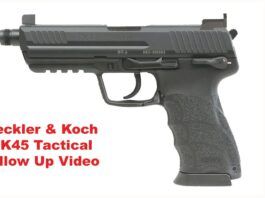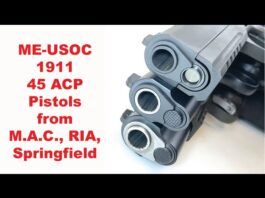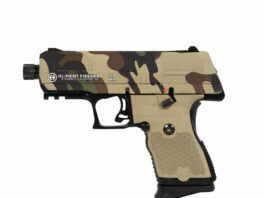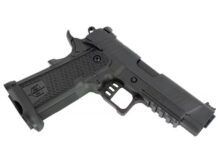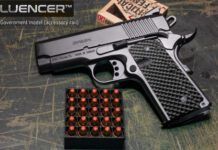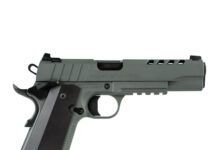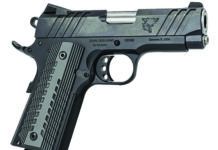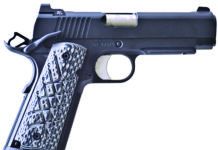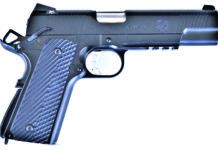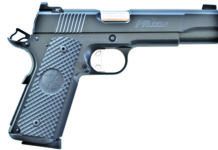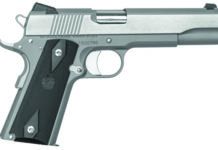Galco’s Triton 3.0 Kydex IWB Now Fits 5-Inch 1911s with Optics
Military Armament Corporation Introduces the MAC 9 DS
EAA & Girsan Announce the 1911 Influencer Pistol Line in 38 Super, 9mm, 10mm,...
SDS Imports/TISAS USA Announces 1911 Night Stalker Pistols
SHOT 2023: Savage Arms Introduces 1911 Government Model Pistols
Devil Dog Arms 4.25 Standard DDA-425-BO45 45 ACP
Guncrafter Industries Commander GCI-COMM-RAIL-45-FCB-FCSS-AMBI 45 ACP
Springfield Armory Loaded Operator PX9105LL 45 ACP
Nighthawk Custom Falcon 45 ACP
Dan Wesson 1911 Heritage RZ-45 01981 45 ACP
Inexpensive Commanders: DE, Iver Johnson, Taurus, Kimber
Compact 1911s: Two Pretty Good 45 ACPs for the Money
There should be a saying: Once you shoot a 1911, you won't go back. That's how some of our testers feel about the 1911 platform, which in a properly executed handgun will have a nice trigger, comfortable grip angle, good sights, and plenty of power in 45 ACP. And 1911s that you might carry don't have to have a big footprint, so with that in mind, we looked at a Commander and two Officer-size 1911 pistols with a street cost of about $450. Inexpensive doesn't necessarily equate to value in a 1911, but with the two Officer models, one each from Taurus and Taylor's, and a Commander from American Tactical, Inc. (ATI), we found some value-packed compact 1911s. Not perfect by any means, but good performance for the cost. Of course there are compromises, but that is to be expected in a 1911 that costs about $450. In fact, if we could disassemble and reassemble these compact 1911s into one optimal compact 1911, we would take the trigger from the ATI, the sights from the Taylor's, and the receiver from the Taurus.


























